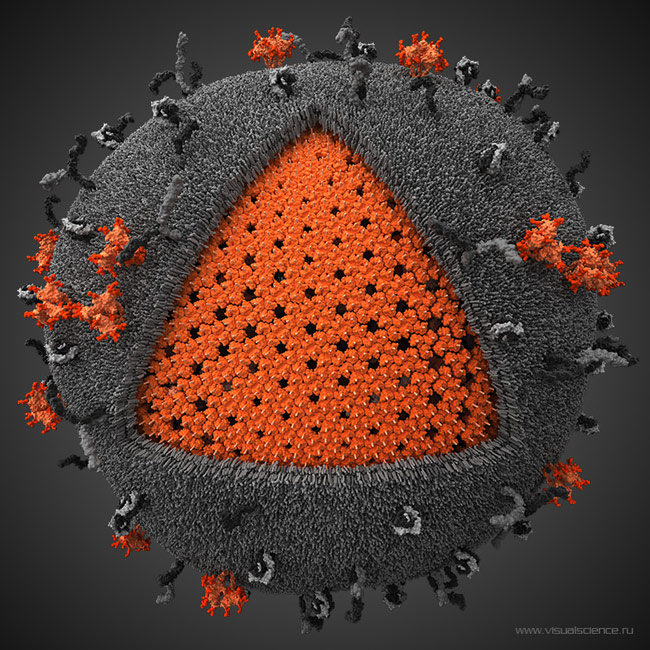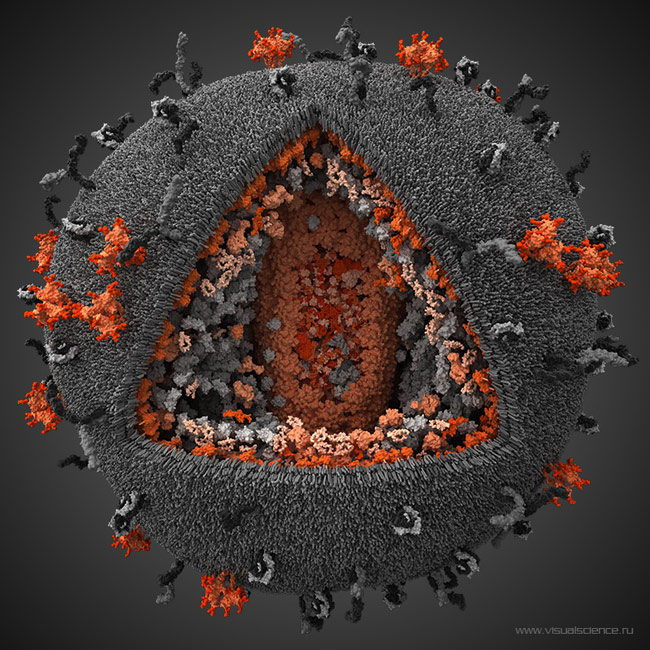
Today the journal Science and the National Science Foundation announced the honorees for the 2010 International Science and Engineering Visualization Challenge. Judges select winners from four categories: Photography, Illustrations, Informational Posters/Graphics and Non-Interactive Media. The NSF treats the contest as a way of engaging the public in scientific research. “How many people would have heard of fractal geometry or the double helix or solar flares if they had been described solely in words? In a world where science literacy is dismayingly rare, illustrations provide the most immediate and influential connection between scientists and other citizens, and the best hope for nurturing popular interest,” the foundation states. “Indeed, they are now a necessity for public understanding of research developments.”
Click on a category to check out the winners:
Photography
Rough Waters – First place

Seth B. Darling and Steven J. Sibener; Argonne National Laboratory and the University of Chicago
Trichomes (hairs) on the Seed of the Common Tomato (Solanum lycopersicum) – Honorable mention

Robert Rock Belliveau
Centipede Millirobot – Honorable mention

Katie L. Hoffman, Robert J. Wood and Harvard University
Other categories:
-
Photography
-
Illustrations
-
Informational Graphics
-
Non-Interactive Media
Illustrations
Human Immunodeficiency Virus, 3D model – First place

Ivan Konstantinov, Yury Stefanov, Aleksander Kovalevsky, Yegor Voronin / Visual Science Company
Proposed Structure of Yeast Mitotic Spindle – Honorable mention

The Mitotic Spindle Group / University of North Carolina, Chapel Hill
Enterobacteria Phage T4 – Honorable mention

Jonathan Heras Equinox Graphics Ltd.
AraNet: A Genome-wide Gene Function Association Network for Arabidopsis thaliana – Honorable mention
Insuk Lee, Michael Ahn Edward Marcotte, Seung Yon Rhee Carnegie Institution for Science
Other categories:
-
Photography
-
Illustrations
-
Informational Graphics
-
Non-Interactive Media
Informational Graphics
Introduction to Fungi – First place

Kandis Elliot, Mo Fayyaz University of Wisconsin, Madison
Everyone Ever in the World – Honorable mention

Peter Crnokrak; The Luxury of Protest
Other categories:
-
Photography
-
Illustrations
-
Informational Graphics
-
Non-Interactive Media
Non-Interactive Media
Trash | Track – First place
Dietmar Offenhuber, E. Roon Kang, Carnaven Chiu, Armin Linke, Assaf Biderman, Carlo Ratti; Senseable city lab / MIT, supported by Waste Management, Qualcomm, Sprint, and the Architectural League NY
Visualization of the Whole Brain Catalog – Honorable mention
Drew Berry, Mark Ellisman, François Tétaz; The Walter and Eliza Hall Institute of Medical Research
A Binary Quasar Caught in the Act of Merging – Honorable mention
Thomas J. Cox; Observatories of the Carnegie Institution
GlyphSea – Honorable mention
Amit Chourasia, Emmett Mcquinn, Bernard Minster, Jurgen Schulze; San Diego Supercomputer Center, UCSD
Everyday Einstein: GPS and Relativity – Honorable mention
Damian Pope, Greg Dick, Sean Bradley, Dave Fish, Roberta Tevlin, Steve Kelly, and Tim Langford; Perimeter Institute for Theoretical Physics
Other categories:
-
Photography
-
Illustrations
-
Informational Graphics
-
Non-Interactive Media
For more information on the 2010 Visualization Challenge check out this week’s issue of Science.





